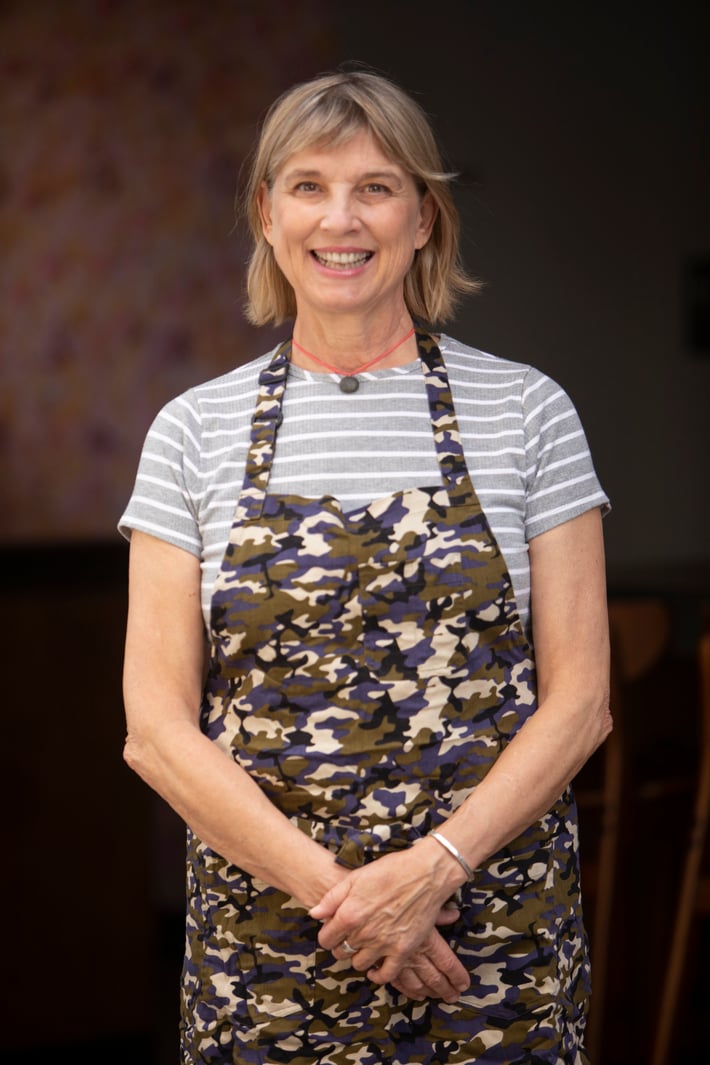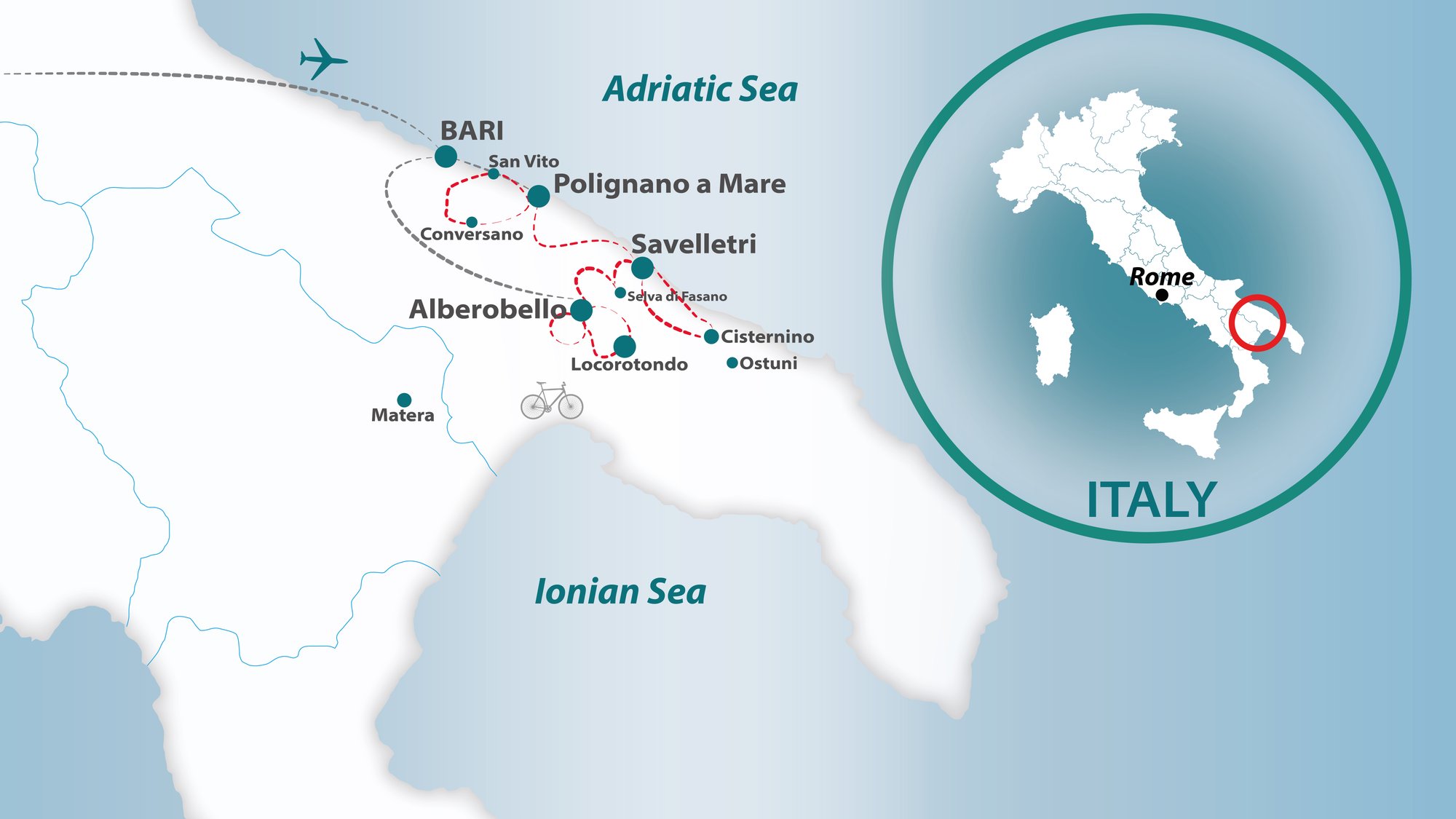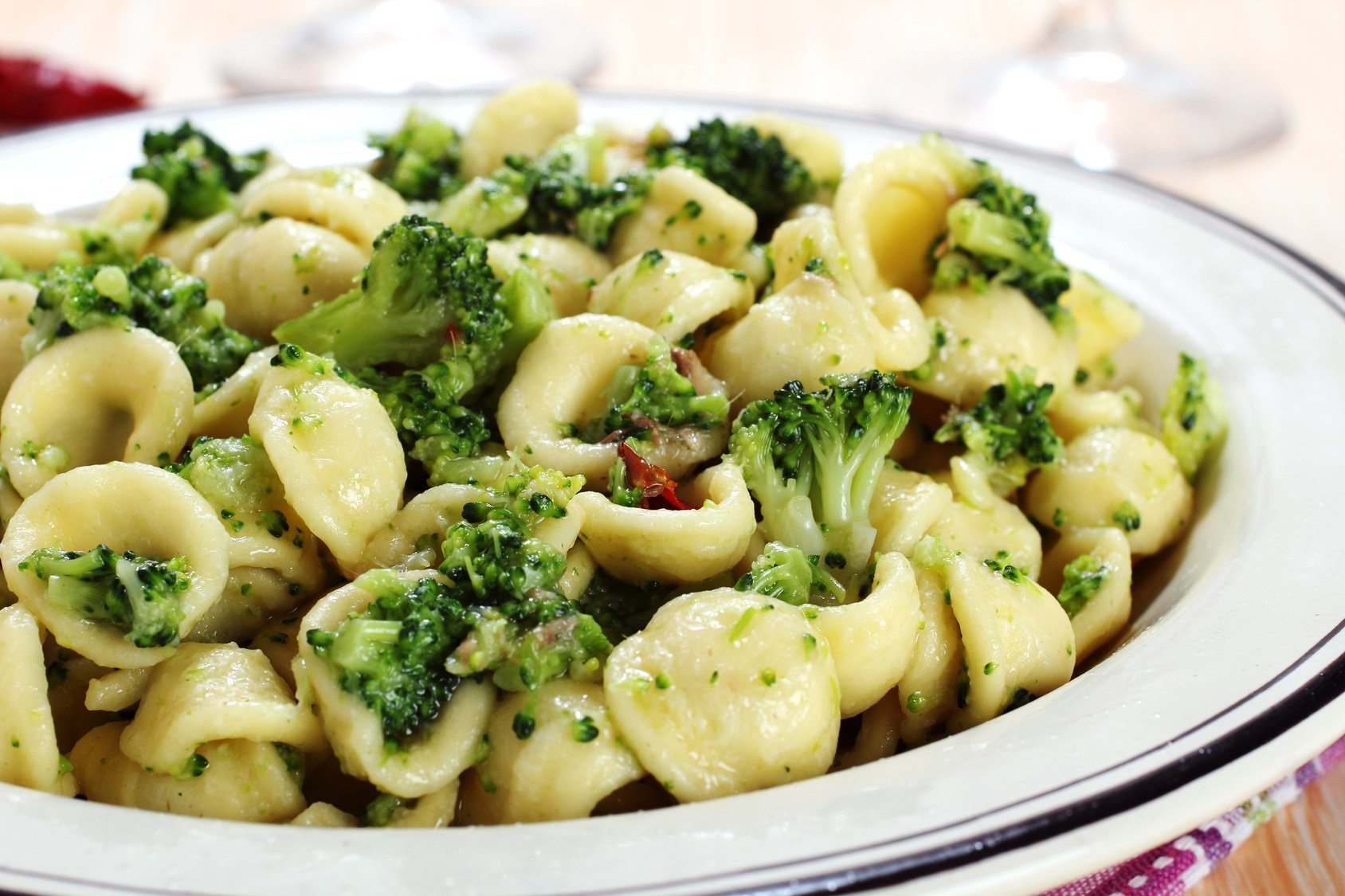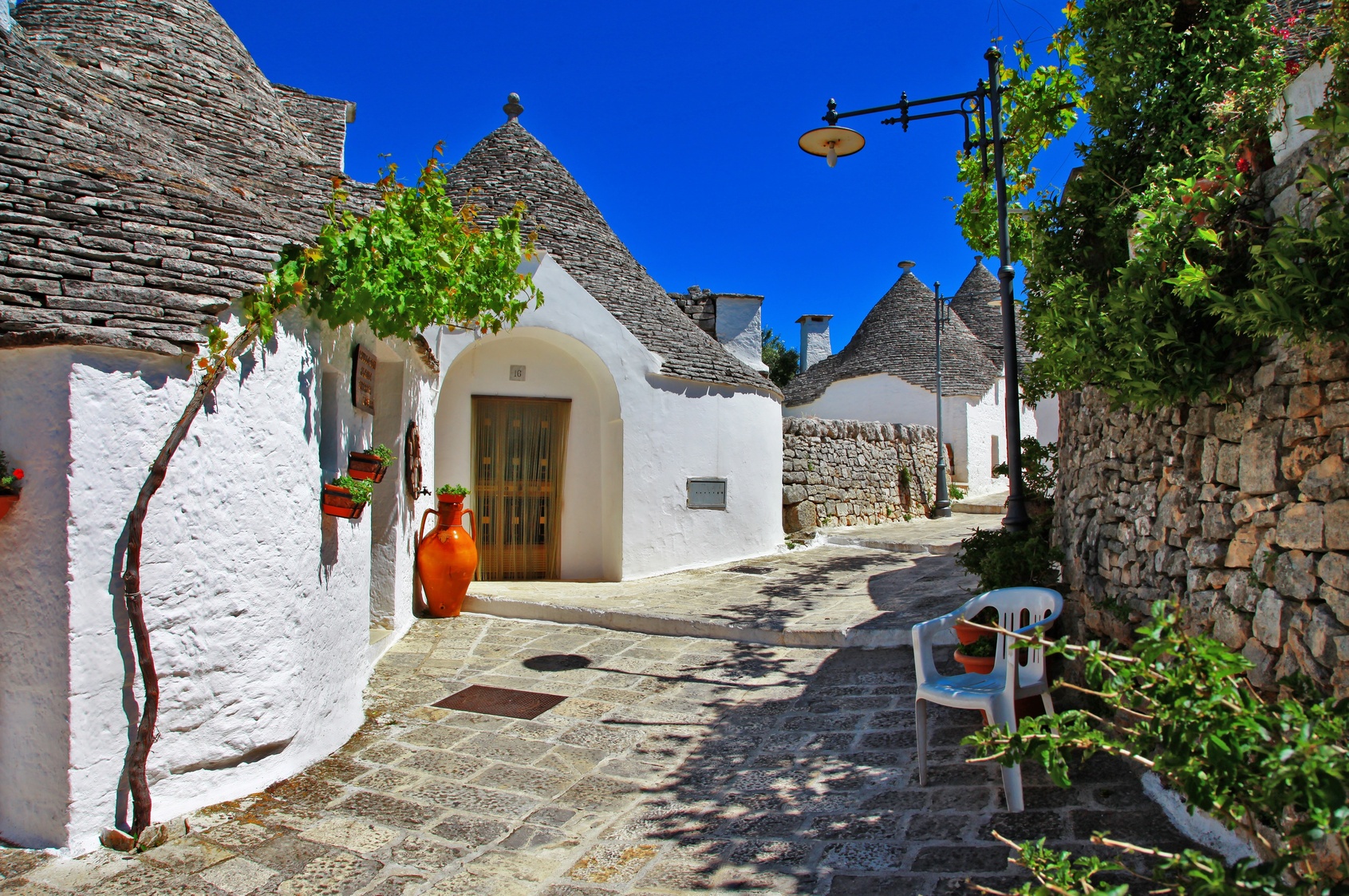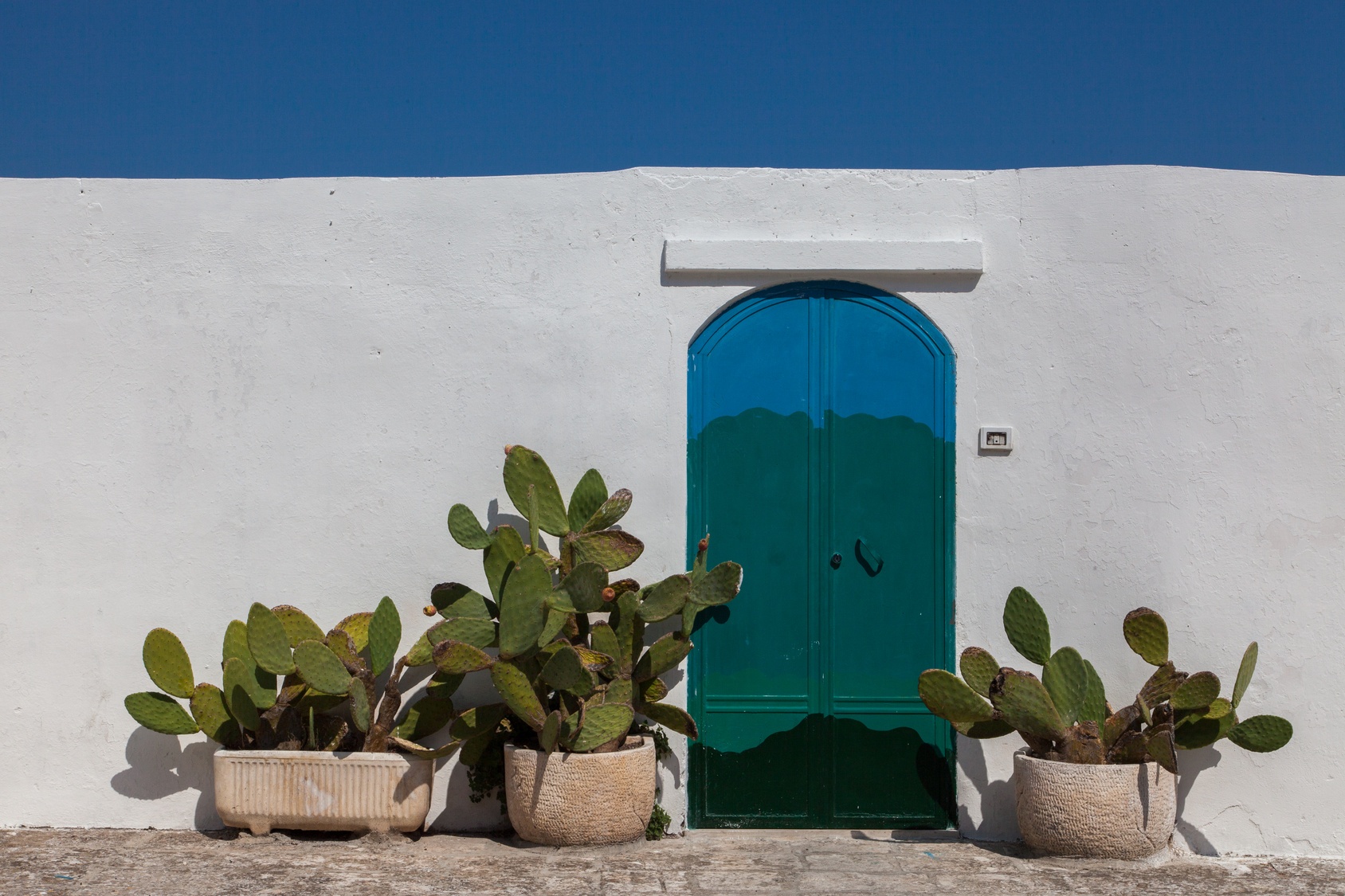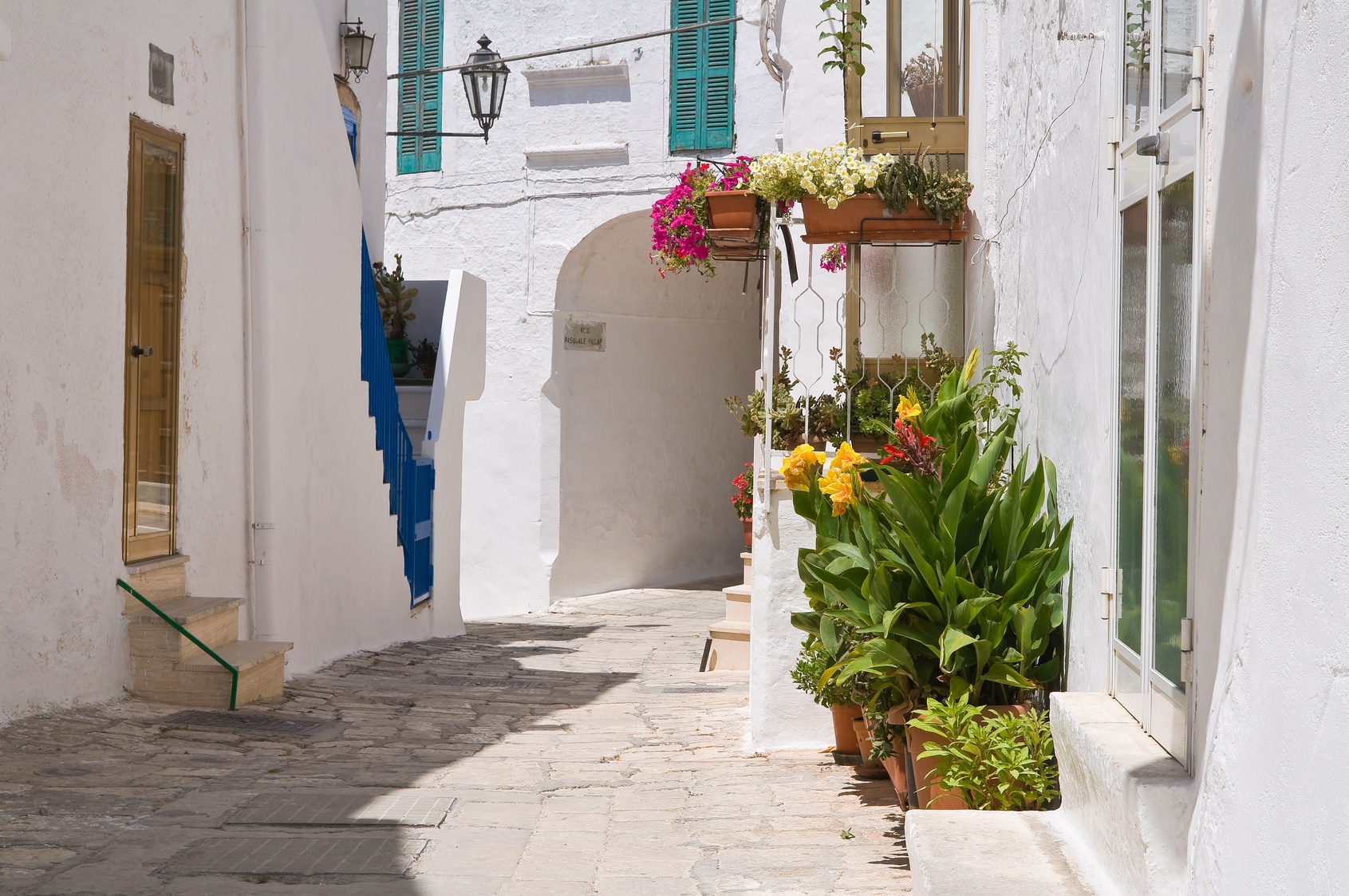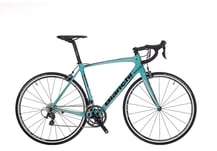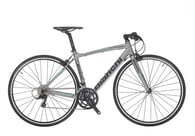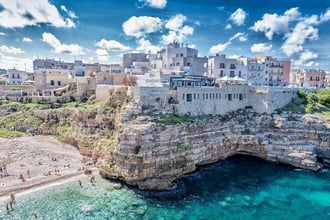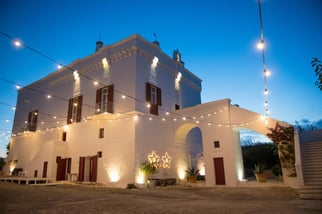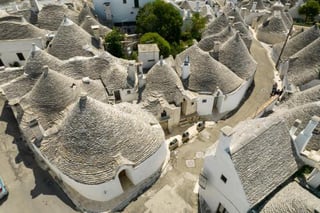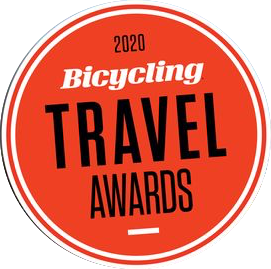Savelletri - Cisternino loop - 27 miles - Rolling and hilly
In the morning we will ride to Cisternino, which is on the curated list of “The Prettiest Hamlets of Italy” (Borghi più Belli d’Italia):
“There is a suggestive atmosphere in the borgo, among houses, tiny streets and courtyards. There is a ‘spontaneous architecture’ designed not by architects following a pre-established plan, but rather by human relations to be fit together, among white painted houses and narrow streets, tiny courtyards and outside stairs, arches and flower filled balconies: spaces where people can meet and gather.”
Cisternino is also where the tradition of fornelli pronti (ready grill) started: butchers grill and serve meat - in a simple and informal way - after closing hours. While in town, we’ll have a cappuccino and save the best-selling bombette (mini wraps of meat filled with provolone cheese) for a future meal.
Soon after leaving Cisternino the whitewashed town of Ostuni will come into sight. Enjoy this view before descending to pedal among olive trees that are like amazing natural sculptures. We are in a very special area that is now part of a natural preserve. We’ll visit an olive oil producer and of course have a tasting, however, the most impressive part of the visit is the walk among the pre-Roman (yes, over 2,000 years old!) olive trees. Just imagine how much those trees have witnessed and, by the way, they still produce their fair amount of olives! Needless to say, every Pugliese cook considers olive oil the foundation of the regional cuisine.
In a few more miles we reach the coast. Lunch is a seafood lover’s delight right by the water at the Pugliese version of a seafood shack. Sardines, shellfish, octopus, and sea urchin are on the menu.
You will be back at the hotel for a free afternoon to take advantage of the swimming pool and the spa facility, or head to the private beach.


